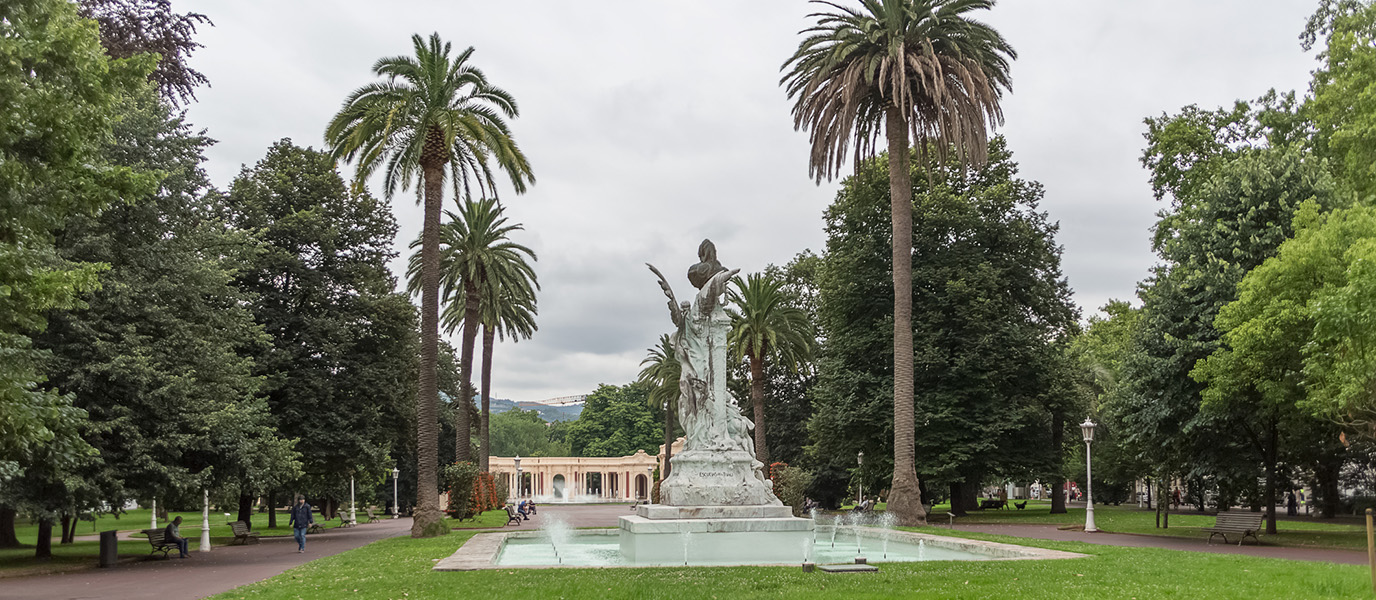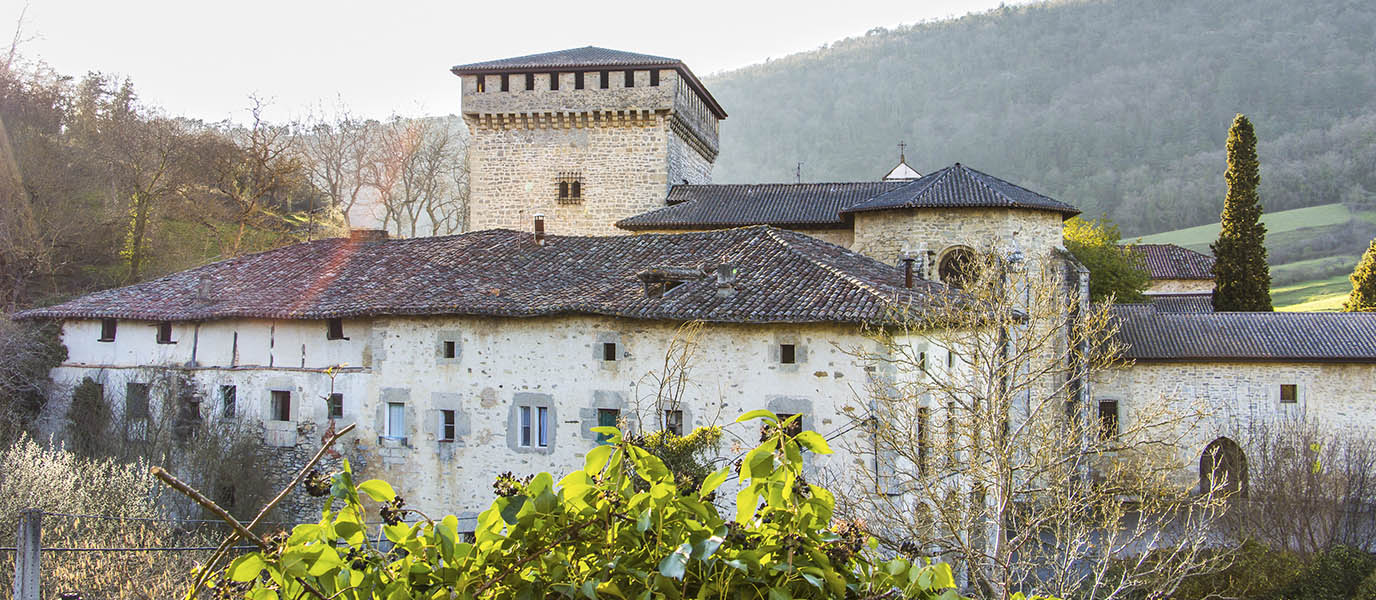When Casilda Iturrizar donated this space to the city to be used as a park for the benefit of its residents, she could not have envisaged that this area would inspire such a sense of attachment in Bilbao. The project appeared as a green space in the 1876 plan for the Ensanche, although it was not until 1907 that work on the creation of the Park actually began. Those tasked with its design, the architect Ricardo de Bastida and the engineer Juan de Eguiraun, chose an eclectic option which incorporated Romantic elements and was also influenced by the style of French gardens. In an attempt to achieve a harmonious overall design, they introduced elements appropriate to the terrain, such as straight avenues, a circular botanical garden, paths, fountains and ponds.
In 1945, this public recreation area, the most important in Bilbao, was named Parque Casilda Iturrizar after its benefactor, popularly known as Doña Casilda. During its lifetime, however, the park has been known by other names, including Parque del Ensanche and Parque de las Tres Naciones (after the three allied nations during the Spanish Civil War: Italy, Germany and Portugal). For a time, it was even known by the nickname of Parque de los Patos, after the ducks (patos) on its lake.
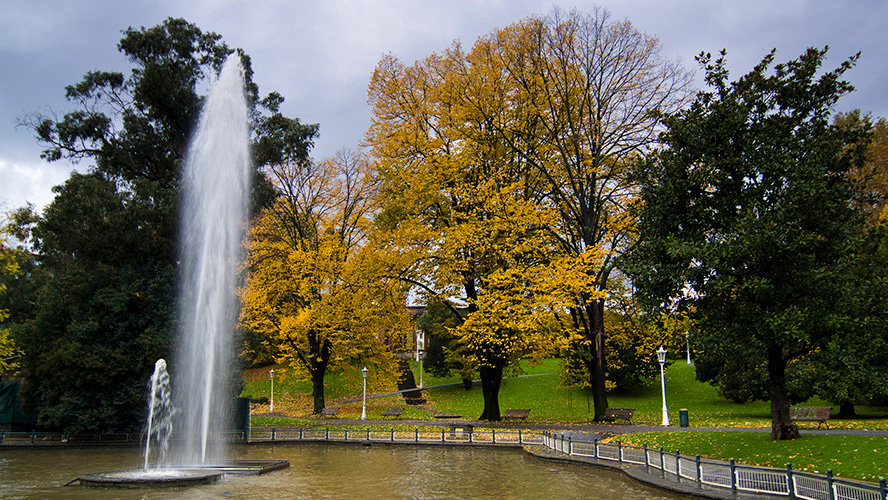
Casilda de Iturrizar Urquijo (1818-1900) was one of Bilbao’s great benefactors. She came from a humble background, and remained in the shadow of her husband Tomás José Epalza, until she was widowed. From then onwards, she attended to the management of her property, carried out philanthropic works and made generous donations, including the land granted for the construction of this park.
The biggest green space in Bilbao
The initial boundaries of Doña Casilda Park, which occupied an area of 85,200 square metres, have been expanded as the years have passed, and its perimeter adapted to fit in with the surrounding city development. It is now the connection between Abandoibarra and El Ensanche. With the park as a link, attempts have been made to connect the two districts by adopting a similar aesthetic to give a sense of continuity, with similar street furniture, street lamps and paving for pathways and streets. The 30,000 square metres added to the Park in 2006 have been partly used for green spaces (approximately 18,000 square metres) and partly for a tree-lined boulevard.
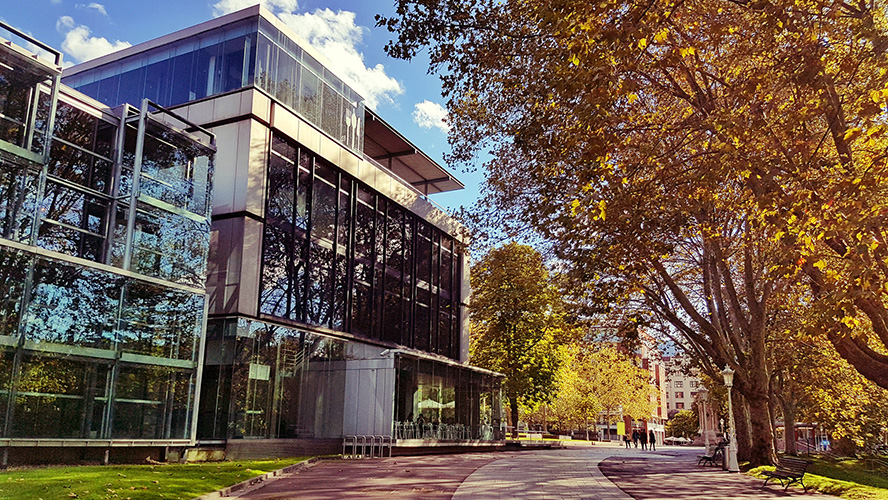
In the hundred or so years since the Park came into existence, elements have been added and modifications made, including the pergola by Pedro Ispizua y Pedro Guimón, the Museo de Bellas Artes (Fine Arts Museum), and an underground car park. In fact, the museum itself was built entirely within the park. The museum’s great arboretum can be viewed either from its glazed lower terrace or from its restaurant.
A stroll along some of the paths of the park allows the visitor to admire a fine botanical garden, containing over 1,500 trees belonging to 71 indigenous species from all around the world. In addition to commonplace trees such as poplars, plantains, linden trees, cedars, oaks, beeches, cypresses, birches and maples, there are also more exotic examples, including a camphor (a native tree of South East Asia), a euonymus japonicus from Japan, a thuja orientalis, a cercis siliquastrum, an ebony, a Latan palm, and a century-old horse chestnut.
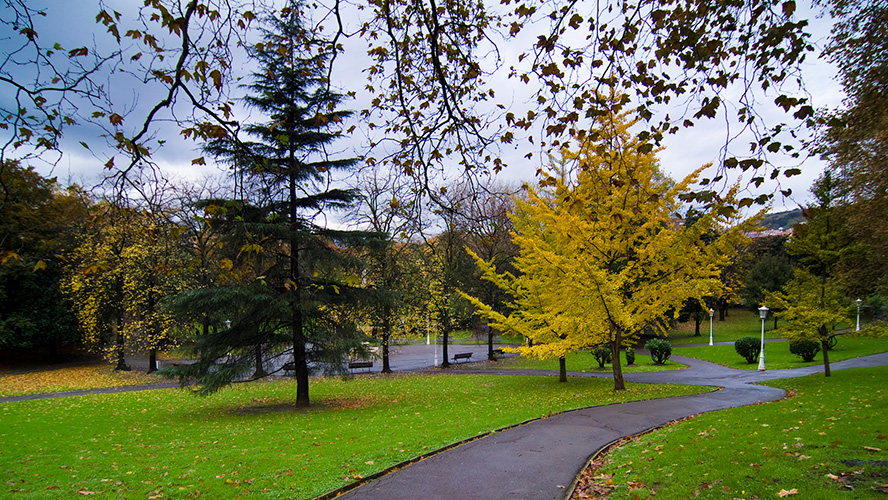
Highlights of Doña Casilda Park
The landscaping, architecture and artistic fountains were meticulously traced out in this green space. On the ground, there is an abundance of walkways, boulevards, a central fountain, a promenade, a carriageway, a grotto, a lake, a botanical garden, a conservatory, etc.—although it is impossible to fit in everything you would like to see. Where water features are concerned, the influence of the artistry of Forestier’s gardens is evident, and it is said that Forestier even came to the city to check on the progress of the park. His influence can also be seen in Barcelona’s Parque de la Ciudadela and in the Parque de María Luisa in Seville.
Among the most impressive aspects of Doña Casilda Park is La Pergola, a grand, oval-shaped plaza where performances are held, and which has a striking fountain in the centre. Its creator, Pedro de Ispizua, chose to combine Regionalist style (pillars with ceramic Mudejar panels, and stone paving slabs adorned with escutcheons) and Baroque style in the edifices and exedras.
Although the idea of a waterfall was rejected, another water feature became one of the park’s most iconic sights: the splendid Estanque de los Patos (Duck Pond)—a firm favourite with children, where visitors gather to feed the ducks, geese, tufted ducks, etc. Of the fountains, the most impressive are the Andén, a pillar with four spouts, decorated in bronze relief, the work of Ricardo de Bastida (1914); the Aureliano del Valle, by Quintín de Torre (1920), which is an allegorical figure representing music; and a bench-fountain dedicated to Adolfo Guiard. Of course, we must not forget the sculpture dedicated to Doña Casilda herself, which was transferred here from the Plaza de Moyúa.
The people of Bilbao are also particularly fond of the classic merry-go-round and enjoy the sports facilities and the children’s play areas that have been created in recent years. A visit to Doña Casilda Park is a ‘must’ if you are on a family trip to Bilbao.
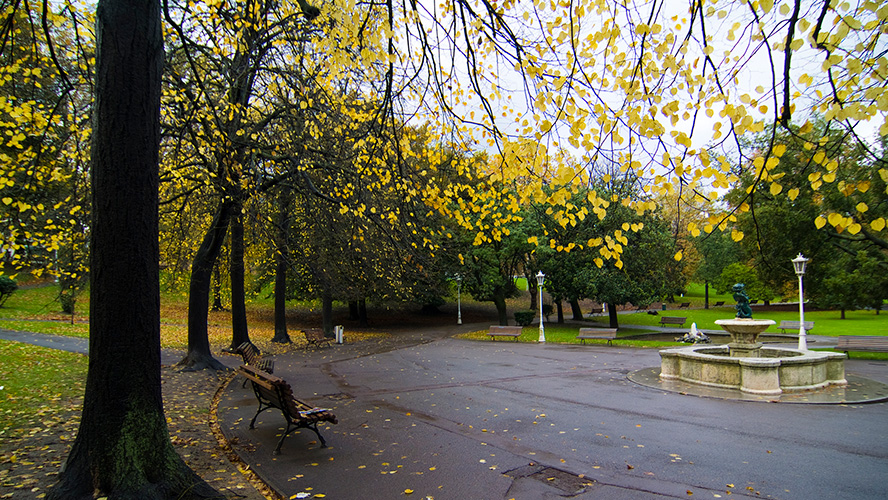
Art in the park
An option for a stroll could be to tour the works of art scattered throughout the park. There are sculptures by renowned artists including Eduardo Chillida (‘Meeting Place IV’), Richard Serra (‘Five plates counter clockwise pentagon’), Francisco Durrio (a statue of Juan Crisóstimo de Arriaga), Nemesio Mogrovejo (‘Il Risveglio’ and ‘Eva’), Quintín de Torre (memorial to Valle), Julio Beobide (memorial to Ignacio Zuloaga), Nestor Basterretxea (‘To the men and women who fought for liberty and democracy’) Juan Luis Moraza (‘Fanal’ [Beacon]), Miquel Navarro (‘Conexiones’), Agustín Querol (memorial to Casilda Iturrizar), Félix Agüero and Estanislao Segurola (fountain memorial to Adolfo Guiard), Lourdes Umerez (‘Verdi’), Enrique Barros (Reliefs) and José Ramón Anda (‘Para mirar’ [To watch]).
For several decades, Doña Casilda Park was the only green public recreation area in Bilbao, and although others now exist, this century-old space is still a favourite spot for the city’s residents.




































































